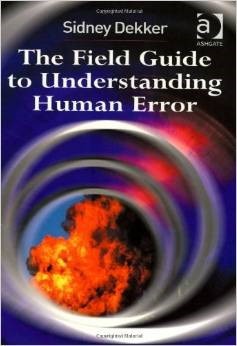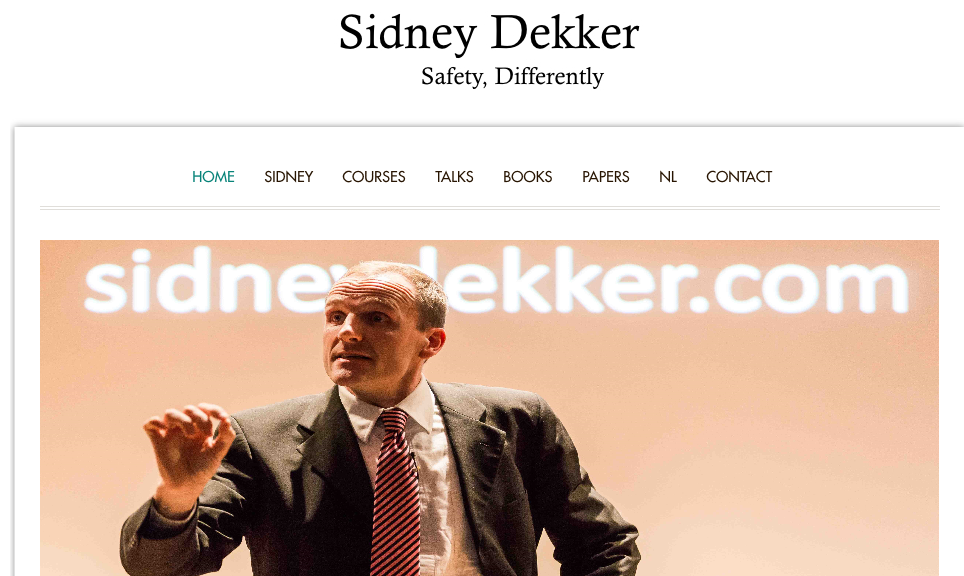博文
[图书推荐]The Field Guide to Human Error Investigations
||
The Field Guide to Human Error Investigations

This field guide assesses two views of human error - the old view, in which human error becomes the cause of an incident or accident, or the new view, in which human error is merely a symptom of deeper trouble within the system. The two parts of this guide concentrate on each view, leading towards an appreciation of the new view, in which human error is the starting point of an investigation, rather than its conclusion. The second part of this guide focuses on the circumstances which unfold around people, which causes their assessments and actions to change accordingly. It shows how to "reverse engineer" human error, which, like any other componant, needs to be put back together in a mishap investigation
The Field Guide to Understanding Human Error

When faced with a human error problem, you may be tempted to ask 'Why didn't they watch out better? How could they not have noticed?'. You think you can solve your human error problem by telling people to be more careful, by reprimanding the miscreants, by issuing a new rule or procedure. These are all expressions of 'The Bad Apple Theory', where you believe your system is basically safe if it were not for those few unreliable people in it. This old view of human error is increasingly outdated and will lead you nowhere. The new view, in contrast, understands that a human error problem is actually an organizational problem. Finding a 'human error' by any other name, or by any other human, is only the beginning of your journey, not a convenient conclusion. The new view recognizes that systems are inherent trade-offs between safety and other pressures (for example: production). People need to create safety through practice, at all levels of an organization. Breaking new ground beyond its successful predecessor, "The Field Guide to Understanding Human Error" guides you through the traps and misconceptions of the old view. It explains how to avoid the hindsight bias, to zoom out from the people closest in time and place to the mishap, and resist the temptation of counterfactual reasoning and judgmental language. But it also helps you look forward. It suggests how to apply the new view in building your safety department, handling questions about accountability, and constructing meaningful countermeasures. It even helps you in getting your organization to adopt the new view and improve its learning from failure. So if you are faced by a human error problem, abandon the fallacy of a quick fix. Read this book.

https://blog.sciencenet.cn/blog-554179-832522.html
上一篇:James T. Reason 学安全不得不知的一个人
下一篇:Is Risk Analysis Scientific?
